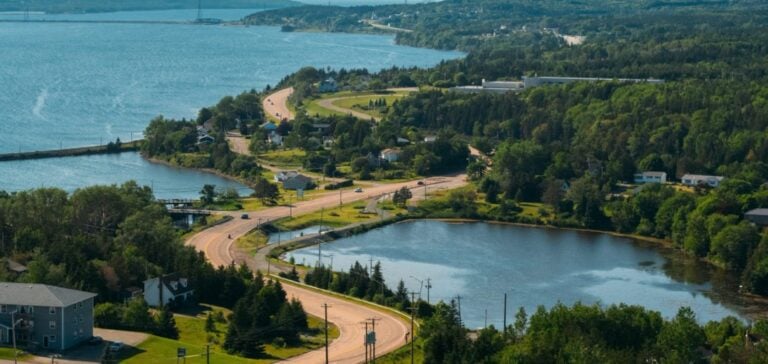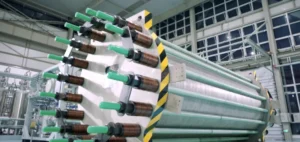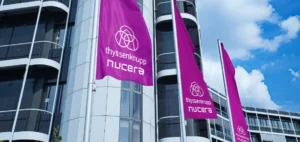The renewable energy company EverWind Fuels has received a $22.5 million investment from Transport Canada under the Green Shipping Corridor Fund. This financial support, announced in Port Hawkesbury by Mike Kelloway, Parliamentary Secretary to the Minister of Transport, marks a significant step towards establishing Atlantic Canada as a hub for green fuel production and distribution, including hydrogen and ammonia.
EverWind’s Point Tupper terminal will use these funds to enhance marine and land infrastructure dedicated to green fuels. Planned projects include installing a green ammonia loading arm and developing supply pipelines, initiatives that will strengthen this terminal’s role as a green energy hub in Canada and beyond.
A Strategic Federal Initiative for Green Growth
Through its Clean Ports program, Transport Canada supports EverWind’s ambition to make Port Hawkesbury a critical renewable energy center. The terminal, which also serves EverWind’s sister project in Newfoundland’s Burin Peninsula, will be modernized to accommodate a wider range of green fuels. This investment underscores the federal government’s commitment to reducing emissions in the marine sector while stimulating local economic growth.
This funding is seen as a lever for transforming the Strait of Canso region into a sustainable industrial center. It also represents an essential job creation engine, as the planned facilities are expected to have substantial economic impacts on the local community while contributing to Canada’s energy transition.
A Partnership with the Mi’kmaq Nations
EverWind’s initiative is strongly supported by its Indigenous partners—the Membertou, Paqtnkek, and Potlotek First Nations—who incorporate environmental principles into the project’s development. According to Chief Terry Paul of Membertou, integrating the Mi’kmaw concept of Netukulimk, rooted in sustainability, ensures that the benefits generated by this green hub will be felt across local communities for generations.
Leaders from Paqtnkek also emphasize the importance of their historic connection with local waters and see this project as an opportunity to reinforce this heritage while contributing to global decarbonization efforts. The infrastructure at Point Tupper will serve as a base for exporting green fuels produced in Canada, meeting a growing international demand for sustainable energy solutions.
Industry Leadership and Environmental Respect
EverWind, whose Point Tupper terminal is one of North America’s largest transshipment facilities, is recognized for its commitment to high safety and environmental standards. This terminal is among only four facilities in Canada certified by Transport Canada for oil spill response, attesting to EverWind’s expertise and high maritime safety standards.
By strengthening the green fuel handling capabilities of the terminal, the company aims to serve as a model for maritime sustainability. This infrastructure project will allow the region to benefit from the ongoing energy transition while respecting Nova Scotia’s industrial heritage.






















